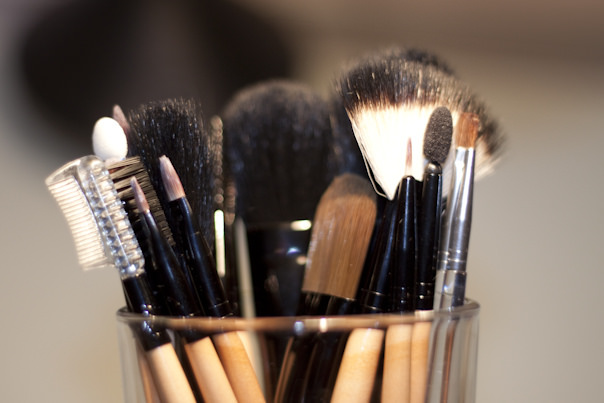Cats need proper care and grooming to look beautiful and active. As there are various types and categories of products available, it is quite a difficult task to select the most suitable product. The best brush for a cat is the one which suits the length and texture of your cat’s body coat. In order to avoid problems such as shredding and tangling, you need to chose the brush which can deliver the best hair maintaining solution. Although cats groom naturally, owners need to take some extra measures to ensure better health and growth.
Types of Cat Hair Brush
When it comes to cat grooming and massaging, Bristle brush is considered the best suitable option as they work best on all hair types. As they are absolutely easy to use and clean, you can now remove dirty hair with just a push of a button. Pin brushes and cat Slicker brushes are other great tools to remove tangles along with the prevention of future matting. As they smooth your cat’s coat, the brush’s bristles never scratch your cat’s skin anymore. Rubber grooming brush and Brush Glove are two great types of cat brushes that are designed to reduce shedding. As they are perfectly suited for short-haired cats, you can remove tangles without making any extra effort.
Read More: How To Pick The Right Hair Brush For Different Hair Types
For cats which shed heavily, the De-shedding tool is the perfect solution to be considered as it ensures your cat gets the best massage and grooming. Without bringing any scratch to the cat’s coat, the tool can restore the beauty and smoothness of your cat’s hair within no time.
To help our readers in this regard, we have selected and reviewed some of the bestselling Cats brushes to be considered:
1. Safari Cat Self-Cleaning Slicker Brush
The amazing Safari Self-Cleaning Slicker brush is a great solution to maintain your cat’s hair. Comprising of stainless steel pins, the brush performs best for all types of hair and surely does not leave any marks behind. Being absolutely easy to clean and use, your cat can get a nice massage each time it gets brushed. Furthermore, you can remove all of the hairbrushes after completing grooming by just pushing a small button.
2. FURminatir De-Shedding Tool for Cats
Yet another useful product to keep your cats groomed, the FURminator De-shedding tool is designed to deliver amazing results. Proven to reduce shedding up to 90 percent, you surely do not have to worry about your clothes being covered with cat hair anymore. Additionally, the brush is absolutely easy to use and allows users to release the stored hair with just a push of a button.
4. Celemoon Ultra-Soft Silicone Washable Cat Grooming Shedding Massage and Bath Brush
The Clemson Ultra-Soft Silicone Washable Cat Grooming Shedding Massage and Bath Brush is certainly the best performing and top-rated product which is designed to deliver amazing results. This brush is ideal for short-haired cats as it features soft rubber bristles for effective cleaning. Without causing any scratches during groom time, this brush is the easiest way to keep your cats healthy and beautiful.
Summary
By overviewing your cat’s coat and grooming requirements, an ideal brush can be selected to avail long term benefits. As there are beneficial tips and methods explained in catbrushguide.com, you can now select the best suitable option by considering the products as reviewed by our experts. So, if you are curious about maintaining your cat’s hair and grooming, do not forget to overview the design and performance benefits of any product before purchasing.






















